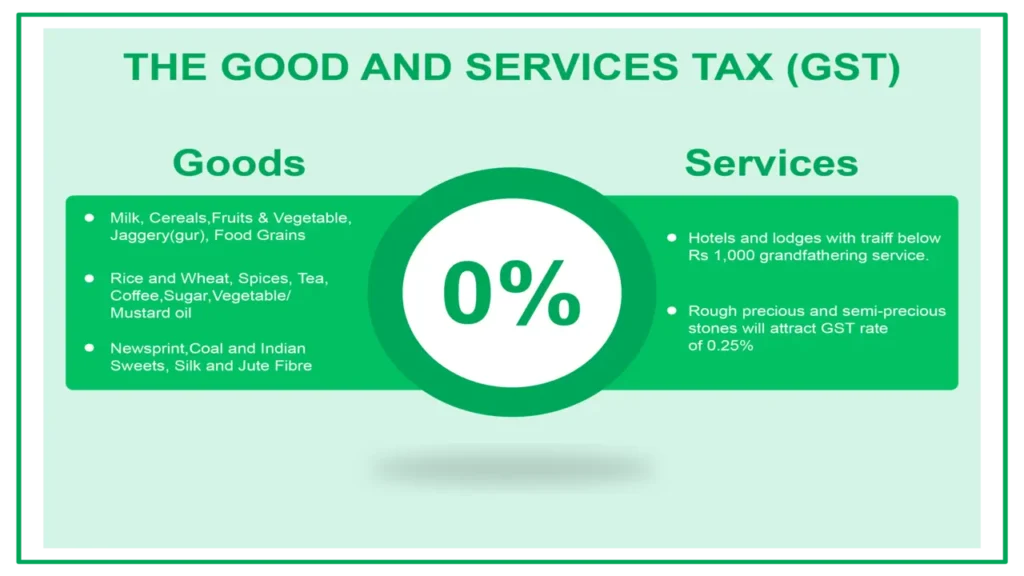In a landmark decision, the GST Council has announced a new two-slab GST structure and removed health and life insurance premiums from the tax net. The reform, hailed as “Next-Generation GST,” was approved during the Council’s meeting chaired by Finance Minister Nirmala Sitharaman.
From September 22, 2025, only two GST slabs — 5% and 18% — will remain, compared to the earlier four slabs. This change is expected to make compliance simpler while easing the financial burden on households and businesses.
Health & Life Insurance Now Tax-Free
For the first time since GST’s launch in 2017, premiums paid on health and life insurance policies will attract 0% GST. Previously, these services were taxed at 18%, significantly increasing costs for policyholders. The move is being seen as a major relief for the middle class and a boost to the insurance sector.
Key Changes in the New GST System
- Two-Tier Structure: Only 5% and 18% slabs will remain, with the 12% and 28% rates scrapped.
- Products Moved Down: Most goods under 12% will now fall into the 5% category.
- Daily-Use Items Cheaper: Some products earlier taxed at 18% will now shift to 5%.
- Higher Tax for Harmful Goods: Tobacco, pan masala, luxury cars, and super-luxury products will attract 40% GST, but without any additional cess.
Impact for Consumers
- Insurance Relief: Health and life insurance premiums become completely tax-free.
- Cheaper Essentials: Many household and daily-use products move to the 5% slab.
- Luxury Items Costlier: Tobacco products, luxury cars, and personal-use aircraft will become more expensive with the 40% GST rate.
Conclusion
The approval of a two-slab GST regime and zero tax on insurance premiums is being hailed as one of the biggest reforms since GST was introduced in 2017. While everyday essentials will get cheaper and insurance buyers gain relief, the steep 40% GST on luxury and sin goods reflects the government’s intent to balance affordability with responsible consumption.
